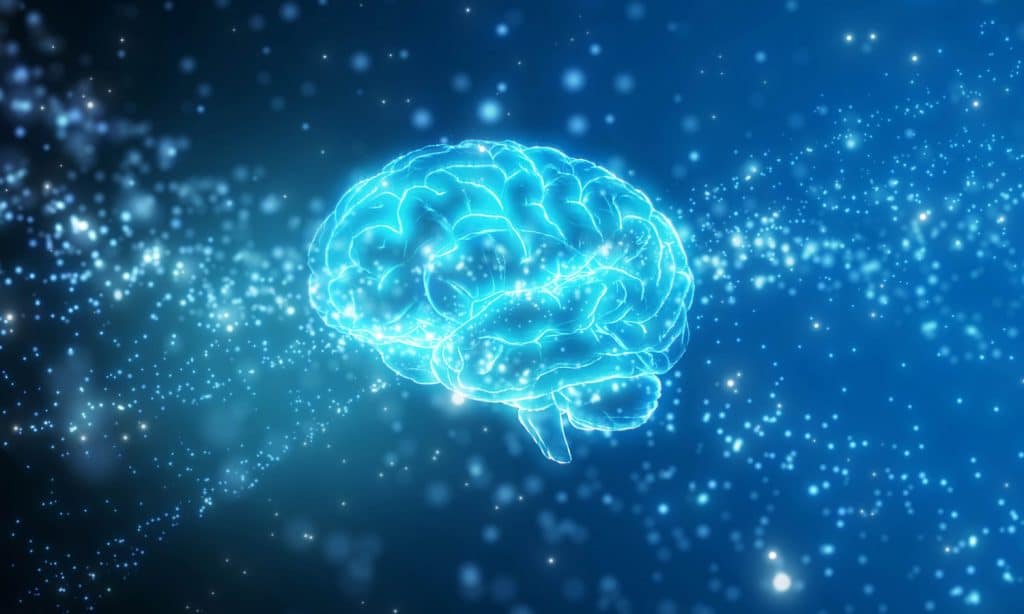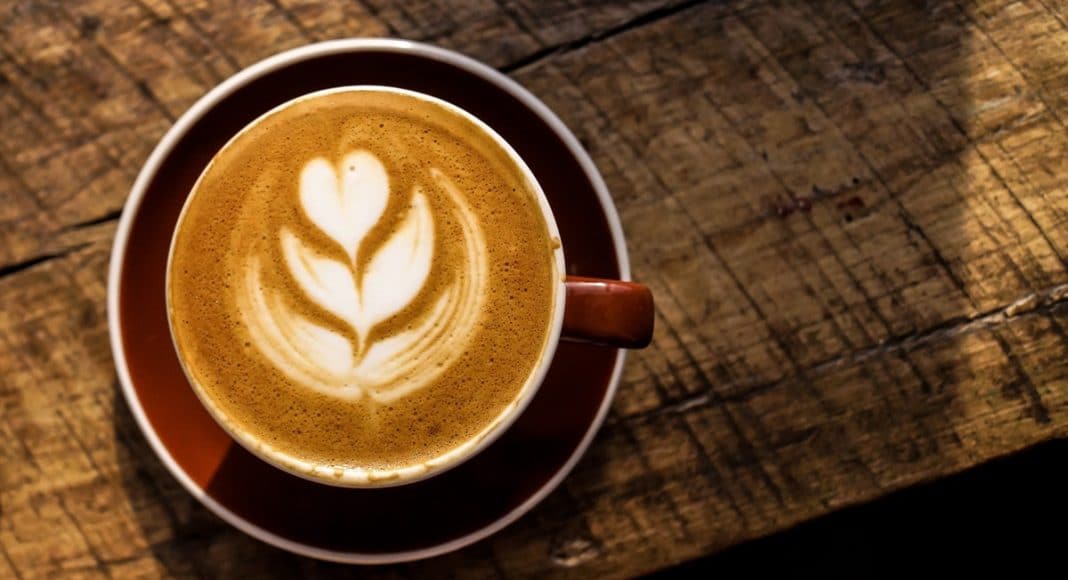Coffee and cannabis are two of the most widely used psychoactive substances in the world. Whereas cannabis is often consumed to relax the body, enhance perception, and stimulate creativity, coffee – like tea and other caffeinated beverages – is typically used to energize and help people focus, particularly in the face of exhaustion.
Does it make sense to consume cannabis and coffee together? How do they interact? Is it fitting that decriminalized THC-rich cannabis was first sold over-the-counter in Amsterdam’s coffee shops?
RELATED: Science Says Medical Marijuana Improves Quality Of Life
More recently, several unregulated cannabis start-ups have begun producing and selling coffee infused with doses of hemp-derived CBD. Are caffeine and cannabidiol truly a good combo, or is this just a clever marketing gimmick?
Opposite effects
Caffeine is typically thought of as a mild cognitive enhancer. It increases one’s ability to focus and can improve short term memory. Physiologically, caffeine promotes fat metabolism and wards off sleepiness. These effects are mostly opposite those of THC, which can also help one focus, but briefly impairs short term memory while decreasing fat metabolism.
Caffeine is a stimulant that activates the sympathetic nervous system, which is intrinsic to the basic human stress-response. But THC mitigates many of the effects of stress. Paradoxically, THC can even restore memory in animals impaired by chronic stress. When coffee and cannabis are combined, which effects win out?
Since plant-cannabinoids like THC and CBD weakly inhibit the metabolism of caffeine by blocking an enzyme called CYP1A2, one might expect that caffeine would overpower the cannabinoids.

As it turns out, their interaction is not so straightforward. Caffeine actually amplifies memory impairment caused by THC. And this effect may be specific to short-term memory. To understand how this happens, it’s necessary to look at the neurological properties of these special compounds.
RELATED: Marijuana MicroDosing Can Improve Mundane Tasks
Low & high doses of caffeine
Caffeine has two major biochemical effects. At low doses it blocks adenosine receptors (A1, A2A, and A3). These receptors are typically associated with sleepiness. Adenosine regulates the sleep-wake cycle and regulates the dilation and constriction of blood vessels. The stimulating effects of coffee and tea are due to the inhibition of adenosine receptors. And the headaches that some people experience during caffeine withdrawal are likely due to constriction of blood vessels in the brain.
At higher doses, caffeine inhibits a type of enzyme called a phosphodiesterase (PDE). PDEs break down important chemical messengers that are generated by both cannabinoid and adenosine receptors. These messengers are called cyclic AMP (cAMP) and the related cGMP. They are some of the most common signaling molecules in cells.
PDE enzymes are a target of asthma medications, as well as Viagra.
Adenosine: CB1 gatekeeper

CB1 cannabinoid receptors and A1 adenosine receptors both populate the hippocampus – a region of the brain responsible for many aspects of memory. Short-term memory, in particular, is processed by brief neurological changes in the hippocampus. When hippocampal A1 is highly activated, the efficacy of cannabinoids at CB1 is reduced. THC, endocannabinoids or an experimental synthetic cannabinoid will still be able to activate CB1, but even high doses will produce a smaller effect.
In a 2011 study led by Portuguese scientists at the University of Lisbon, THC’s effect was one third as strong when given along with an A1 adenosine receptor agonist. (An agonist activates a receptor; an antagonist blocks the receptor.) Conversely, blocking the A1 receptor would increase the effect of cannabinoids, but only in situations where A1 is already active. The precise mechanism by which A1reduces CB1’s efficacy is still unclear.
This research suggests that elevating adenosine levels might protect people from THC-induced memory impairment without diminishing THC’s important effects outside of the hippocampus, which include neuroprotection, reduction of nausea, and painkilling, as well as psychoactivity. Adenosine levels are highest before sleep. So nighttime use of cannabis may have a lesser effect on memory than daytime use, though this has not been tested experimentally.
In cases where cannabis is used to ease trauma, caffeine drinkers may end up benefiting by combining the herb or its components with a cup of Joe. But this might not be the case for a stressed employee who drinks coffee to get through the day. A few preliminary studies have shown that drinking coffee occasionally or frequently had the same effect: Both amplified THC’s ability to temporarily weaken memory.
The neurology of memory
Endocannabinoids play a significant role in synaptic plasticity (and overall neuroplasticity) by regulating what scientists refer to as “long-term potentiation” (LTP) and “long-term depression” (LTD). Both of these processes have a direct bearing on memory and many other brain functions.
LTP involves potentiating or strengthening neural connections between cells; this can occur by increasing the amount of neurotransmitters released by the presynaptic (signal-sending) neuron or by heightening the sensitivity of the postsynaptic (signal-receiving) neuron. LTD entails the opposite process, which ultimately reduces the effect of neuronal activity. LTD in the hippocampus facilitates the clearance of old memories.
Endogenous cannabinoids and plant cannabinoids inhibit neurotransmitter release by activating the CB1receptor. This can result in bidirectional physiological effects depending on which neurotransmitters are inhibited. CB1 exists on both excitatory (glutamatergic) and inhibitory (GABAergic) neurons. When CB1impedes the release of GABA, an inhibitory neurotransmitter, CB1 increases (“disinhibits”) brain activity. And by slowing glutamatergic neurons, cannabinoids (via CB1) generally promote LTD and the removal of old memories in the hippocampus.
Fine-tuning the brain
Adenosine is constantly released in small concentrations onto the same part of the hippocampus where cannabinoid, adenosine, and glutamate receptors reside. Adenosine, by activating the A1 receptor, reduces the efficacy of THC and other cannabinoids at CB1. And this partially suppresses cannabinoid-mediated LTD, thereby enhancing short-term memory.
But caffeine blocks A1 receptors. This amplifies the impact of cannabinoid activity and, in turn, will lead to greater LTD and temporary impairments in working memory.
CB1 and A1 receptors also exist on GABAergic neurons in the hippocampus. A1 plays a similar gatekeeping role for CB1 in these neurons (it impedes CB1’s suppression of the inhibitory neurotransmitter GABA). GABAergic neurons act as the major brake slowing glutamate release in the hippocampus.
By engaging the CB1 receptor, cannabinoids can promote either LTD or LTP under different circumstances. LTD appears to be more common. Adenosine acting at A1 receptors will enhance memory by reducing LTD. These complex interactions and feedback loops provide neurons with subtle means to fine-tune the brain.
CBD and adenosine
Cannabidiol does not directly activate CB1, but exerts effects through many other pathways. For example, high doses of CBD elevate adenosine levels in the brain by preventing the reuptake of adenosine. This may account for CBD’s ability to ameliorate the short-term memory impairments attributed to THC in some studies. It could be one of many mechanisms that contribute to the “ensemble effect,” whereby the variety of compounds in cannabis can mitigate each other’s side effects and promote each other’s efficacy.
Adenosine is not just a neurotransmitter; it is also known to have intrinsic anti-inflammatory effects. Its reuptake is the main way the body terminates adenosine signaling. Cannabidiol is protective in some models of heart attack, multiple sclerosis, lung injury, and retinal problems because CBD indirectly activates (via adenosine reuptake inhibition) A2A and A1 receptors.
The sedative side effect of high doses of CBD might also be related to amplified adenosine. In clinical trials of a sublingual CBD isolate called Epidiolex, sedation is one of the most common side effects. Although the molecular cause of this is not known with certainty, a high dose of CBD may augment adenosine signaling and contribute to tiredness.
When mixed with caffeine, CBD’s effects on adenosine would probably be dwarfed by caffeine’s antagonistic activity at adenosine receptors. The extent to which this might diminish CBD’s medicinal properties is unknown. Given cannabidiol’s many modes of action, it is unlikely that this would be seriously problematic. But as of now, there aren’t clear advantages to combining or marketing CBD and caffeine together.
This story was first published in Project CBD, a California-based nonprofit dedicated to promoting and publicizing research into the medical uses of cannabidiol (CBD) and other components of the cannabis plant. Read the original story here.
Project CBD director Martin A. Lee is the author of Smoke Signals: A Social History of Marijuana – Medical, Recreational and Scientific.


